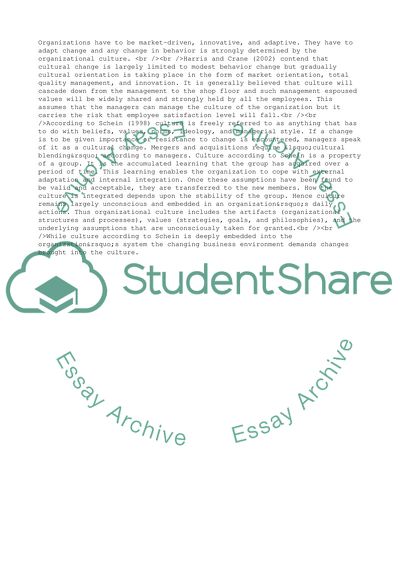Cite this document
(Culture Change in the Organisation Coursework Example | Topics and Well Written Essays - 3000 words, n.d.)
Culture Change in the Organisation Coursework Example | Topics and Well Written Essays - 3000 words. https://studentshare.org/management/1706667-organisational-behaviour-coursework-assignment
Culture Change in the Organisation Coursework Example | Topics and Well Written Essays - 3000 words. https://studentshare.org/management/1706667-organisational-behaviour-coursework-assignment
(Culture Change in the Organisation Coursework Example | Topics and Well Written Essays - 3000 Words)
Culture Change in the Organisation Coursework Example | Topics and Well Written Essays - 3000 Words. https://studentshare.org/management/1706667-organisational-behaviour-coursework-assignment.
Culture Change in the Organisation Coursework Example | Topics and Well Written Essays - 3000 Words. https://studentshare.org/management/1706667-organisational-behaviour-coursework-assignment.
“Culture Change in the Organisation Coursework Example | Topics and Well Written Essays - 3000 Words”. https://studentshare.org/management/1706667-organisational-behaviour-coursework-assignment.


